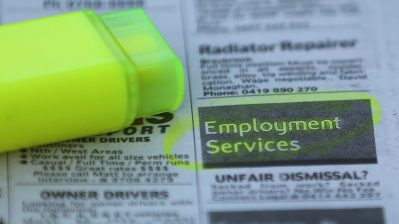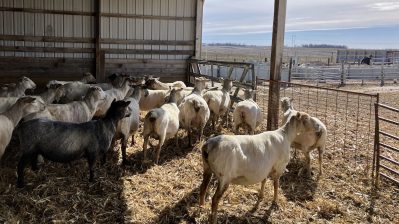
Sustainable jet fuel costs twice as much as fossil fuel. New federal subsidies aim to close that gap.
Sustainable jet fuel costs twice as much as fossil fuel. New federal subsidies aim to close that gap.

The Joe Biden administration has issued guidelines for a tax credit aimed at promoting greener aviation fuel — specifically jet fuel made from ethanol, which is made from corn, and biofuels made from soy. The questions now are whether the tax subsidy will make them more competitive and whether that would be a good thing.
Sustainable jet fuel has been around for years, yet it only accounts for a fraction of 1% of all jet fuel. And that’s probably because it costs more than twice as much as traditional jet fuel.
“All the incentives stacked together will not fill the gap,” said Aamir Shams with the clean energy nonprofit RMI.
It might get the price low enough for companies to invest in the fuels so they can meet climate targets though, Shams added. Then, there’s the issue of just how clean the fuel actually is, noted Columbia University Climate School professor Melissa Lott.
“What was the feedstock used? How it was grown? How much fertilizer was there? You know, how was it harvested? How was it processed?” she said. “You need to know every step or else you’re just gonna be guessing.”
Plus, Lott said you can’t just fill a jet with corn oil. Any sustainable aviation fuel gets blended with regular jet fuel.
Bottom line? “Aviation is really hard to get emissions down. And there’s not a lot of drop-in replacements,” Lott said. “You can electrify short haul flights that only go short distances. But after a point, physics catches up with you, and you really need liquid fuels.”
So the federal government is doubling down on biofuels derived from corn and soy as the most realistic alternative fuel we’ve got. While the industry that makes the fuels thinks the incentives are a good first step, industry enthusiasm was pretty tepid, said Jessica Dell, head of America’s biofuels pricing at Argus Media.
“Overall, they’re encouraged. There’s an updated pathway from ethanol to jet, but at the same time, they’ve called out what they see as the shortcomings in the guidance,” she said.
The shortcomings, Dell said, include fertilizer efficiency requirements, other agricultural rules that protect water quality and soil health, and restrictions on how the fuel is made. And to get the credit, the sustainable fuel has to be half as polluting as traditional jet fuel.
Right now, the aviation industry uses about 16 million gallons of these fuels every year. The Biden administration is hoping to hit 3 billion gallons by 2030.
There’s a lot happening in the world. Through it all, Marketplace is here for you.
You rely on Marketplace to break down the world’s events and tell you how it affects you in a fact-based, approachable way. We rely on your financial support to keep making that possible.
Your donation today powers the independent journalism that you rely on. For just $5/month, you can help sustain Marketplace so we can keep reporting on the things that matter to you.


















